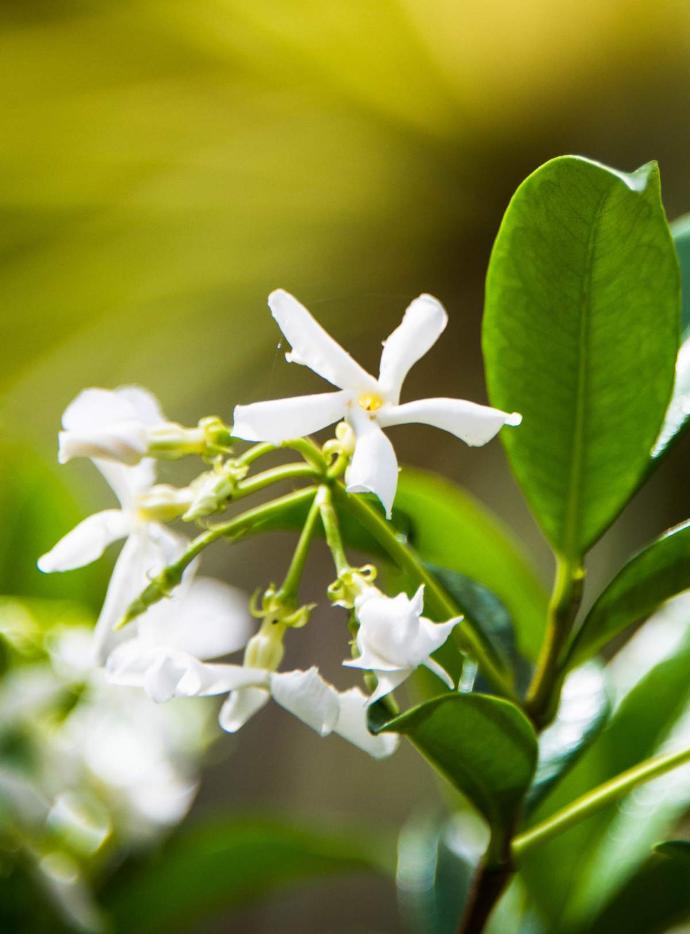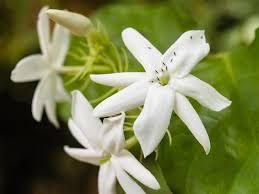Jasmine Plant
Jasmine plants, known for their fragrant flowers, have varying sizes and preferences. Most thrive in well-drained soil and full sun to partial shade. Jasmine is not only ornamental but also used in perfumery.
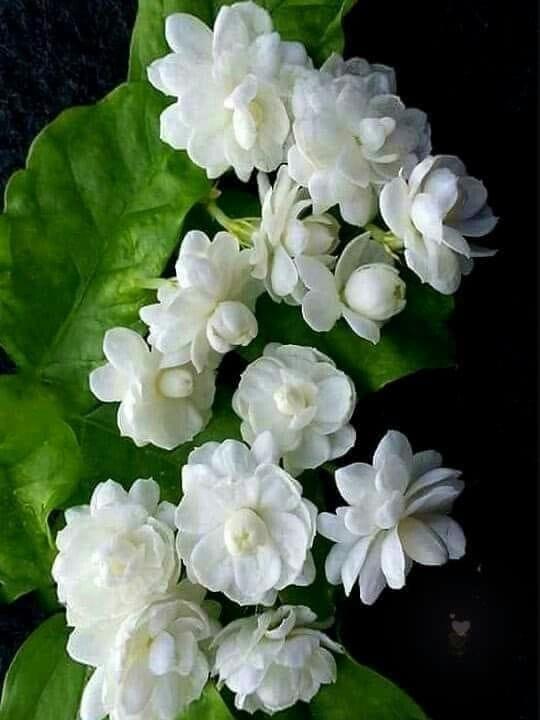
Habit
Shrub
Height
2 to 3 m
Growth
Moderate
Soil
Well-drained, Loamy
Shade
Full Sun to Partial Shade
Moisture
High
Edible
No
Medicinal
Yes
Origin
India
Climatic Condition
Tropical, Subtropical
Temperature (°)
18°C to 30°C
Humidity (%)
60% to 75%
Potting media
40% Loam, 30% Sand, 30% Organic Matter
Fertilizers
Organic Fertilizer
Watering
Regular watering
Plant Weight
0.5 to 1.0 kg
Flowering Time
Spring to Fall
Soil Ph level
5.5 to 6.5
Water Ph level
6.0 to 6.5
Soil EC
0.4 to 0.8 mS/cm
Yield Per Plant
2 to 4 kg per plant
NPK ratio
10:10:10
life Span
3 to 5 years
Health Benefits
Fragrance, Mood Enhancer
Suggested Grow Media or Potting Mix ?
50% loamy soil, 30% compost, 20% sand
Suggested Fertigation/Fertilizers
Fertilize every 4 weeks with a balanced fertilizer.
Common Diseases and Remedies
Rust, Aphids, Spider Mites
Orange-brown pustules on leaves, distorted growth, fine webbing
Neem oil, insecticidal soap
What is the jasmine plant?
Jasmine is a genus of shrubs and vines in the family Oleaceae. There are approximately 200 species in tropical and subtropical regions of Eurasia, Africa and Oceania. Jasmine is widely grown due to the distinctive scent of its flower.
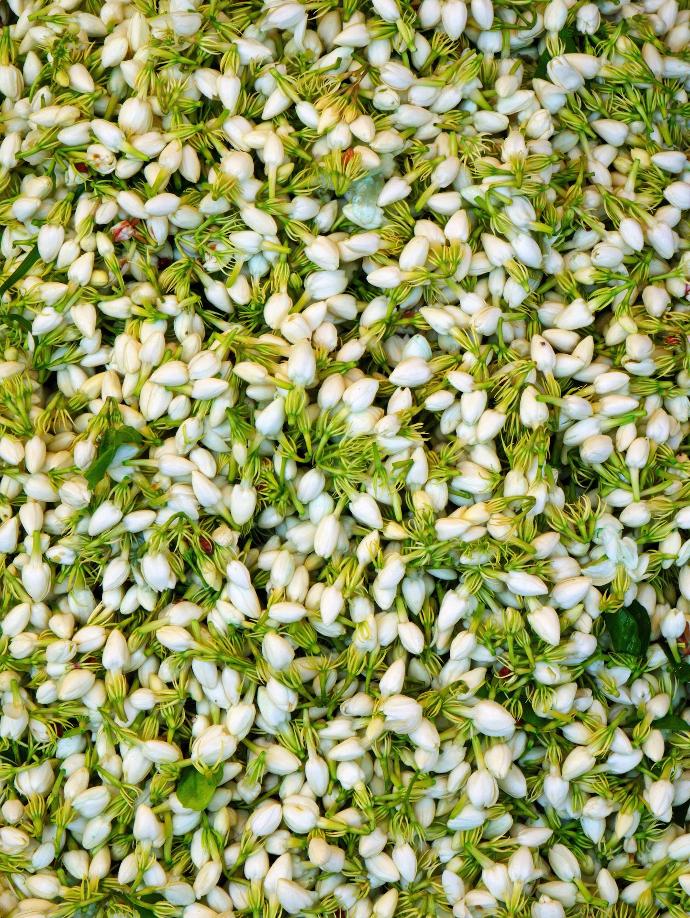
What Are The Different Types OfJasmine Plants?
1. Italian jasmine plant. Italian jasmine (Jasminum humile) is a popular vine and ground cover plant.
2. Pink. Pink jasmine or multi-flowered jasmine is a beautiful Chinese variety with colorful flowers.
3. Jasminum pubescens. Whether you want trees or vines, you can plant plants accordingly.
4. Jasminum Polyanthum - Vine. This type of jasmine is often found in flower shops and planted on trellises.
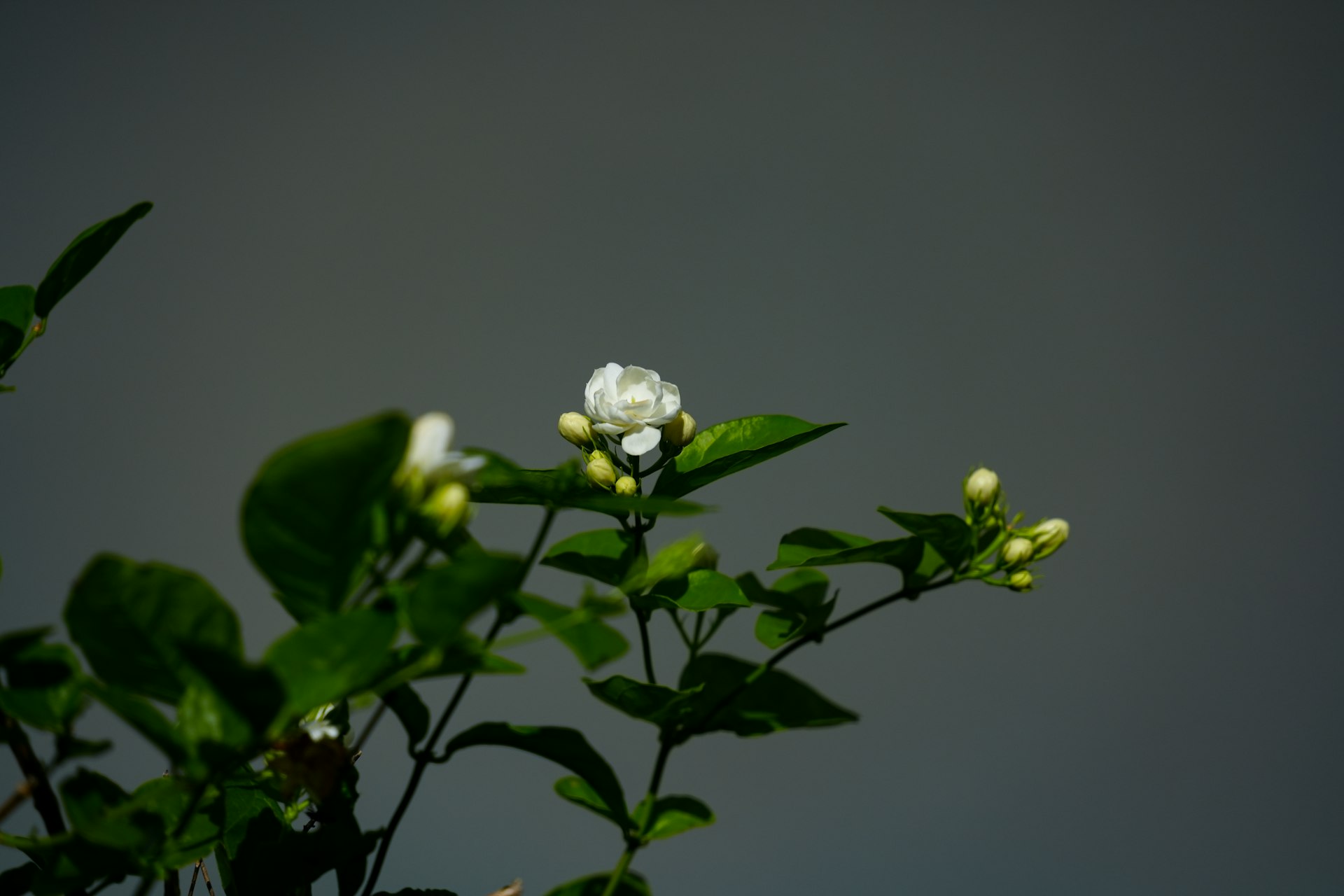
How to care for jasmine flowers?
Give plants sunlight and cool, dark nights. Jasmine flowers need a lot of indirect light during the day to produce flowers, but they don't need light at night. Jasmine also benefits from cooler temperatures of 50° to 60°F and reduced watering during the dormant period.
Location
Jasmine is native to tropical and subtropical regions of Eurasia, Africa and Australia in Oceania, but only one of the 200 species of jasmine is native to Europe. The centers of diversity are in South and Southeast Asia. Many jasmine species have been naturalized in Mediterranean Europe.
Sun
Sun - Jasmine needs full sun or partial shade - usually 6 or more hours per day of direct sun for full sun and 2 - 4 hours per day in partial shade. The type of jasmine you grow, as well as climate and other conditions, will determine how much sunlight the plant needs.
Soil
Jasmine can grow in many soils. Well-drained, fertile, loamy soil with a pH of 6.5-7.5 is ideal for cultivation. Jasmine loves warm places.
Hydration
Jasmine plants like well-drained, fertile, regularly moist garden soil. If the soil does not drain well, add organic matter. Water jasmine in the garden once a week.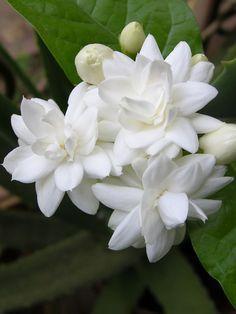
Food
Generally speaking, using organic mulch around the root zone of the plant will gradually infiltrate the soil and turn into compost and maintain the roots.
Question
The most common diseases of jasmine are blight, rust and blight, all of which can affect different plant species. These are leaf and stem diseases that often leave areas of necrosis, halos or spots of discoloration, wilted leaves, streaked stems, and sometimes spread to young plants.
What are the benefits of jasmine?
Jasmine can help reduce the risk of liver damage due to cirrhosis and eliminate stomach pain and diarrhea. Its sweet scent can be used as a sedative, just like its cousin, the lavender flower. The aroma soothes stress and helps tone the body.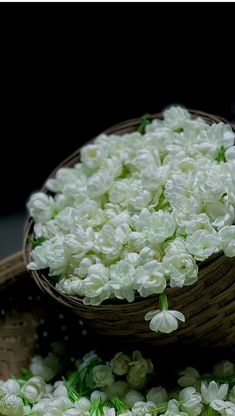
FAQs About Growing Jasmine
1. What is the truth about Jasmine?
Jasmine 3-12 flowers grow in clusters at the ends of the branches. They are approximately 2-3 cm in diameter and have 5-9 lobes.
2. How long does it take for Jasmine to grow?
Growth: Most jasmines have moderate growth. It grows 12 to 24 inches per year. Landscaping: Plant jasmine flowers near the house or along the roadside so you can enjoy its scent and watch hummingbirds and butterflies flock to the flower.
3. When does jasmine bloom?
Jasmine first blooms in spring, with subsequent flowers covering the plant until late autumn as the plant receives sufficient water and light. But each flower only lasts a few days.
4. Is jasmine a good plant?
Jasmine. According to Feng Shui, jasmine is one of the best plants to attract wealth. According to Feng Shui, jasmine can attract money and add beauty to your home or garden. Your home will smell great and have good energy.
5. Why is Yasemin so special?
The meaning of jasmine varies from region to region and culture, but most often it symbolizes love, beauty or emotion.
